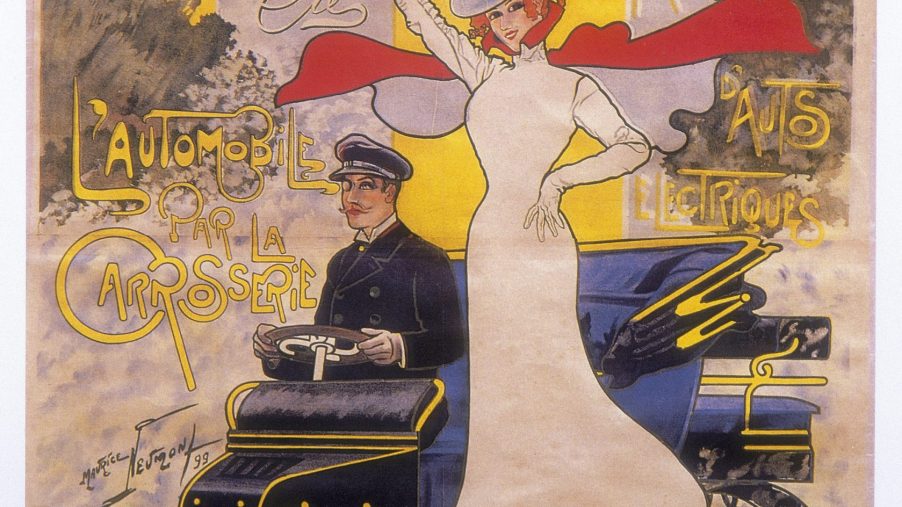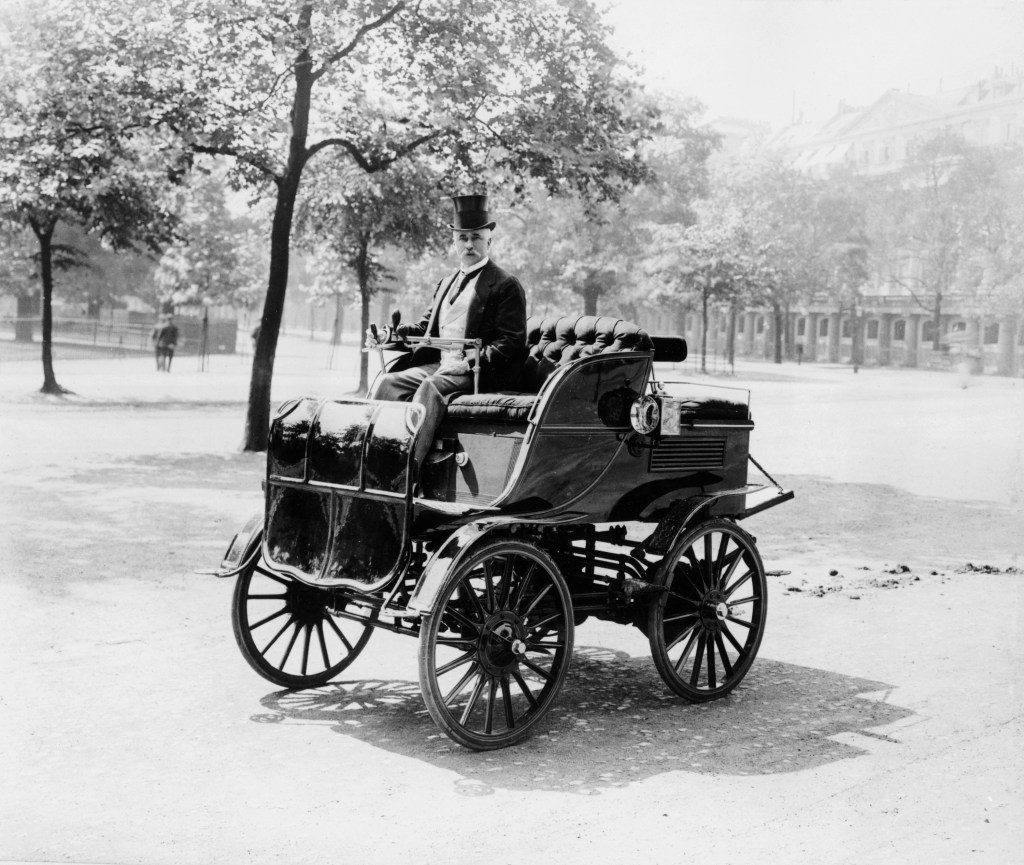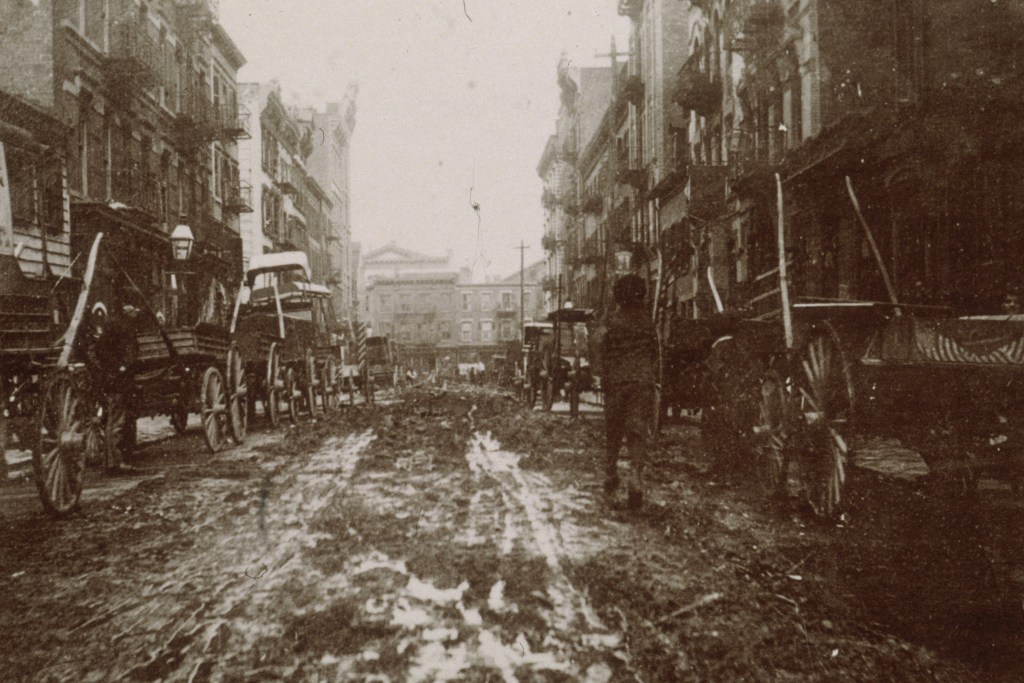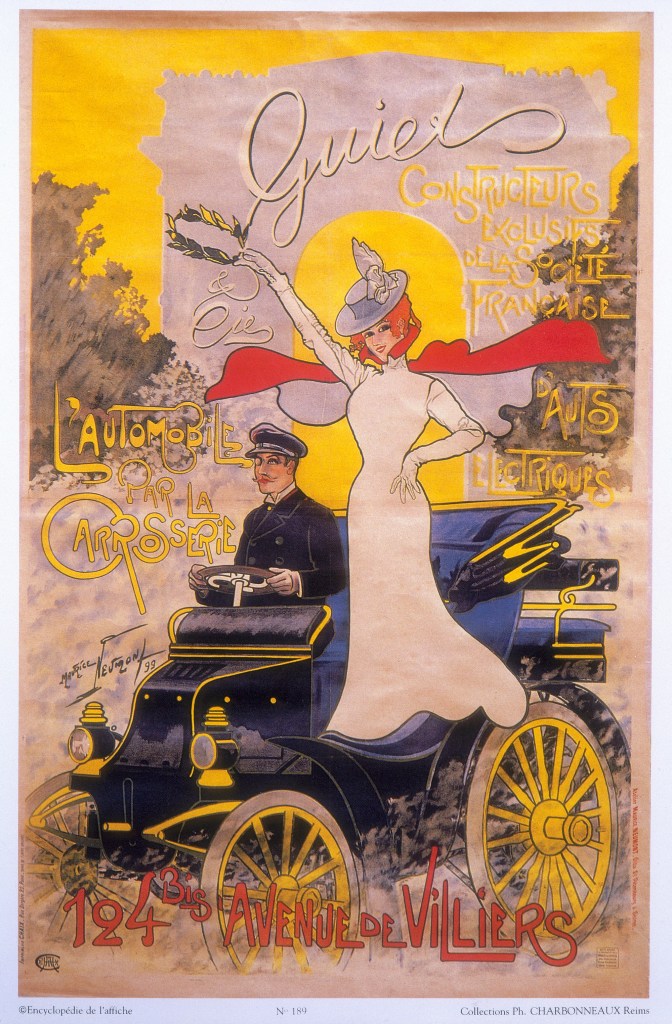
How Does the First Car Accident Death in 1899 Connect to the Tesla AutoPilot Drama?
New York City is not only the cultural capital of America; it is also home to America’s most, uh, spirited driving. Also, it would make sense that even as early as the 1890s, NYC had automobiles in relatively high numbers. (Keep in mind that these were the days in which even GM was still the new guy.) These two factors make the fact that the first known death by car accident happened in NYC easy to believe. But, like all good New York stories, this one is full of weird (possibly shady) business people, public transportation, and murder by clam chowder.
While this story has some dramatic twists and turns, there is a more significant lesson that we are facing again after 120 years, which is, who is responsible when brand-new, unregulated technology results in someone’s death? Much like the first car crash death, we struggle to regulate and hold anyone accountable for Tesla’s “Self-Driving” Modes. It’s a cliche, but history indeed does repeat itself.

The first car accident death was so “New York” it hurts
I recently came across a fascinating Instagram account by the name of @keithyorkcity, run by historian Keith Taillon, who does deep dives into the architectural history of NYC. The cool thing about this account is that Taillon not only writes about building history but also the people who designed, built, and lived in these buildings, bringing us to the more personal historical story of Henry Bliss, the first American killed in a car accident.
Henry Bliss was most known, at the time, for being a “real estate man,” according to Taillon. Bliss’s second wife, Evelina Bliss, came to the marriage with some real estate holding from her first marriage. It is unclear how much these properties were worth at the time, but given the ensuing drama, it stands to reason that they were worth something.
By the time of the inaugural car accident death of Henry Bliss, many people around NYC and even the rest of the country knew his name, but for a different, more wild reason. The Bliss name had been all over the news only three years prior to the car accident because his wife, Evelina Bliss, was murdered by way of a poisoned bucket of clam chowder.
Death by clam chowder
Before we get to the car crash, we must discuss the murder that occurred in 1895, three years before the crash. According to Taillon, “Evelina died of what seemed like poisoning from a bucket of clam chowder. Evelina’s daughter, Henry Bliss’ stepdaughter, Mary Alice, was arrested and charged with murder becuase she was the one who sent the chowder.” Taillon goes on to say that by this time, Henry Bliss and Evelina were divorced. However, he was still a major figure in the legal proceedings and newspaper coverage.
After a lengthy legal battle, Mary Alice’s defense muddied the waters enough to prove the alleged murder impossible, resulting in her acquittal. This story of clam chowder murder provides context to the drama of the car crash a year later. Since the “clam chowder murder” had made all the papers, Henry Bliss was a fairly common household name, making his death something of a high-profile story.
How did the first car accident death happen?

Three years after the great clam chowder murder of 1895, Henry Bliss was riding an uptown streetcar on 8th ave in the Upper West Side of Manhattan. To make the story a bit more titillating, Bliss was said to have been on that streetcar with a lady friend who lived on 74th street. Bliss got out of the streetcar, and an “electric automobile” passed the streetcar on the right, but a wagon blocked the path. So, the primitive car had to squeeze past the wagon and the streetcar as Bliss stepped off into the street.
The primitive EV ran Bliss over, crushing his chest and head underneath its wheels. The papers at the time report that the first car that crashed was made by a company called Electric Vehicle Company. The exact model was called the Hansom Cab. These were automobiles leased to individuals similar to the way modern cabs still work in NYC.
Who was to blame for the first car crash?

What’s fascinating about this story is how well it mirrors similar issues today. At the time, this was unprecedented, at least in America. The conversation of the day was, “who’s responsible?” Was the driver responsible? Were the manufacturers responsible? Or was Henry Bliss to blame for not paying attention?
As we enter the age of “self-driving cars,” we are forced to ask the same questions over 120-years later. When Teslas using AutoPilot mode crash and someone dies, who is to blame?
In the case of Henry Bliss, the authorities had no legal precedent to reference when trying to sus out who is legally responsible. The driver was arrested and held in jail for a little over a day. However, the driver was quickly released because they couldn’t prove the driver used his machine with negligence, deeming it an “accident.” The results are the first time the term “car accident” was used.
Tesla and the Electric Vehicle Company have more in common than just electric cars
The parallels between the two companies are undeniably fascinating. They were both cutting edge technology for their times, and both were using electricity instead of fossil fuels to power their automobiles. Both were also used as cabs in New York City. And, both companies found themselves at the tip of the spear of confusing automotive legal precedent.
No matter how often we “innovate” or forge a “new path,” there is almost always something from the past that precedes the unprecedented; we just have to look for it.



